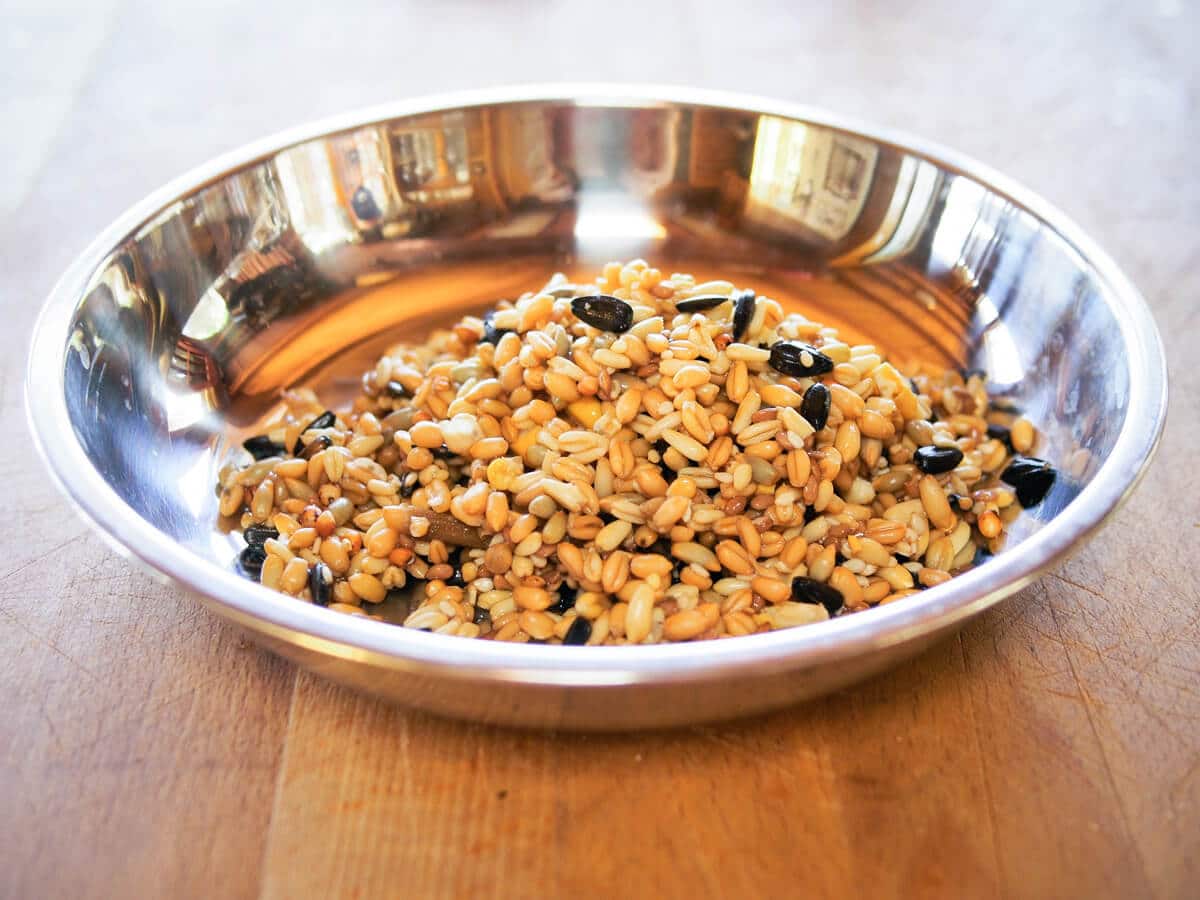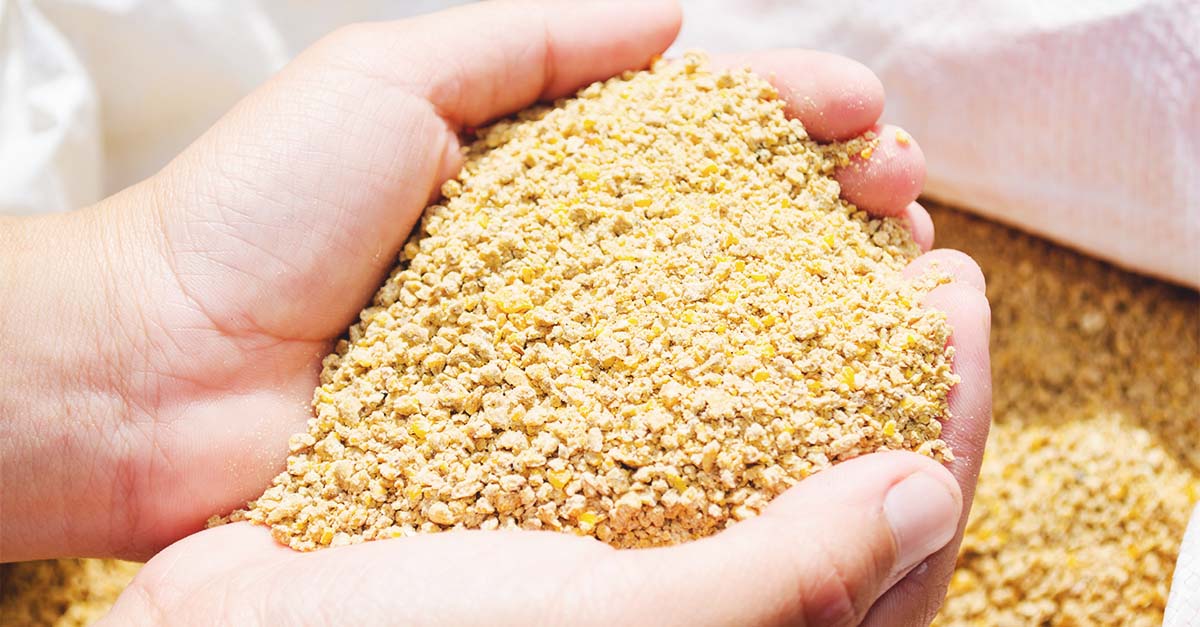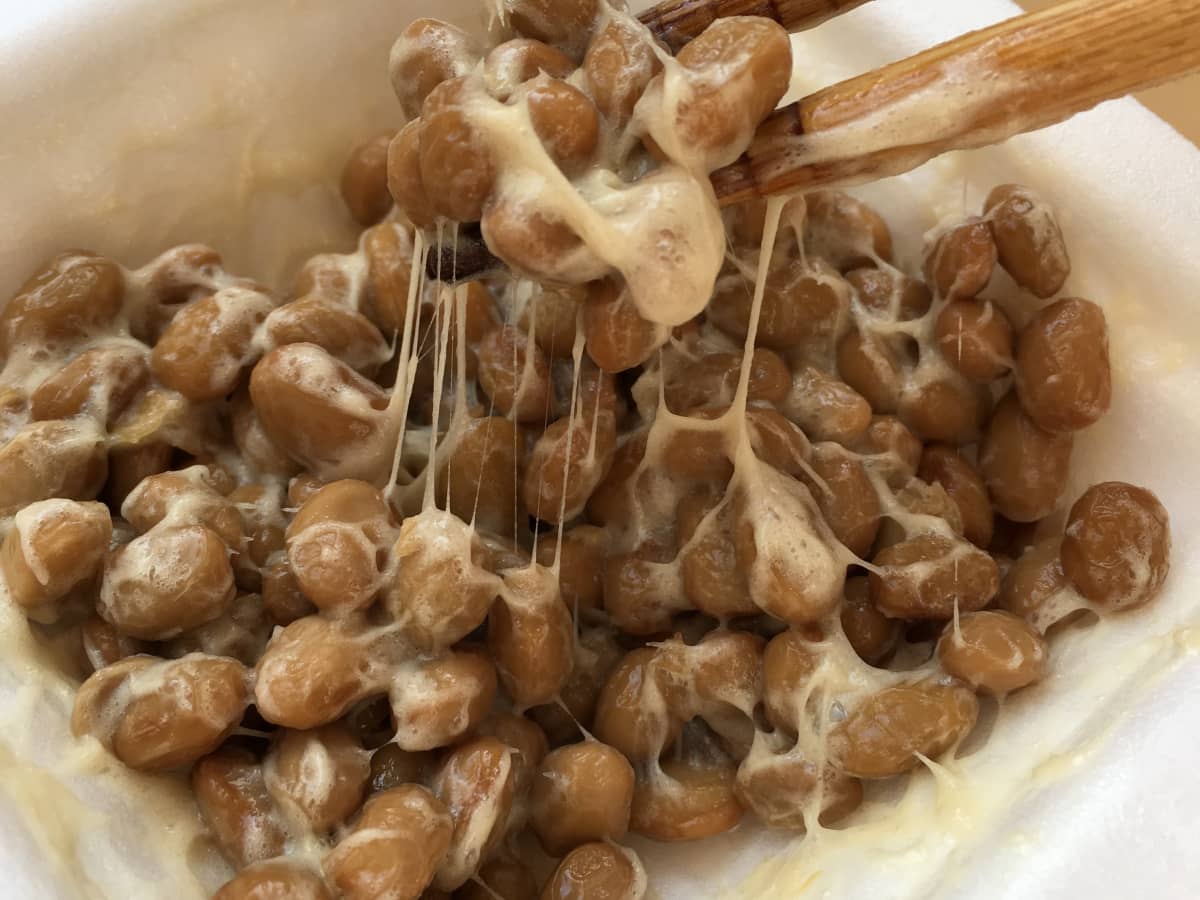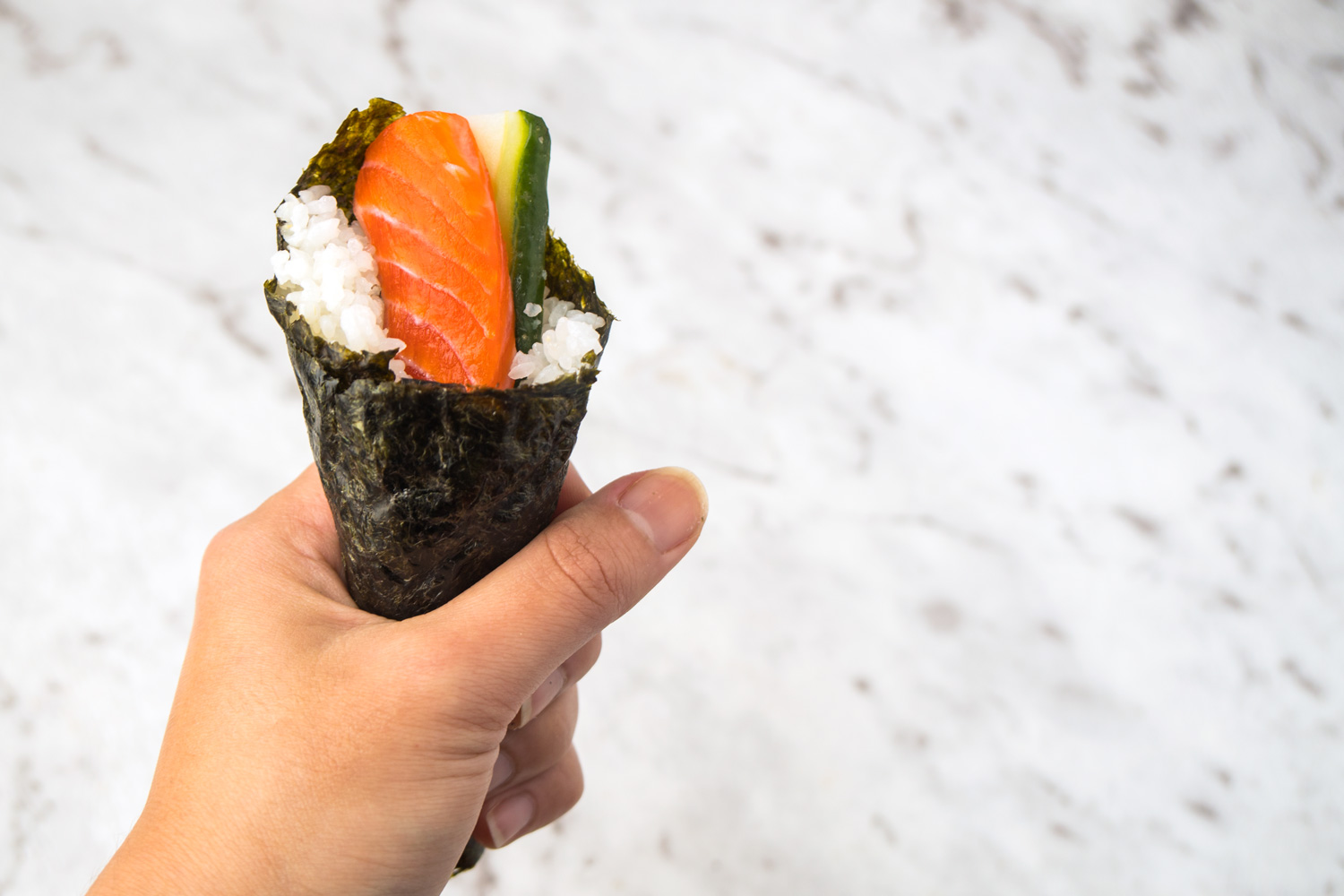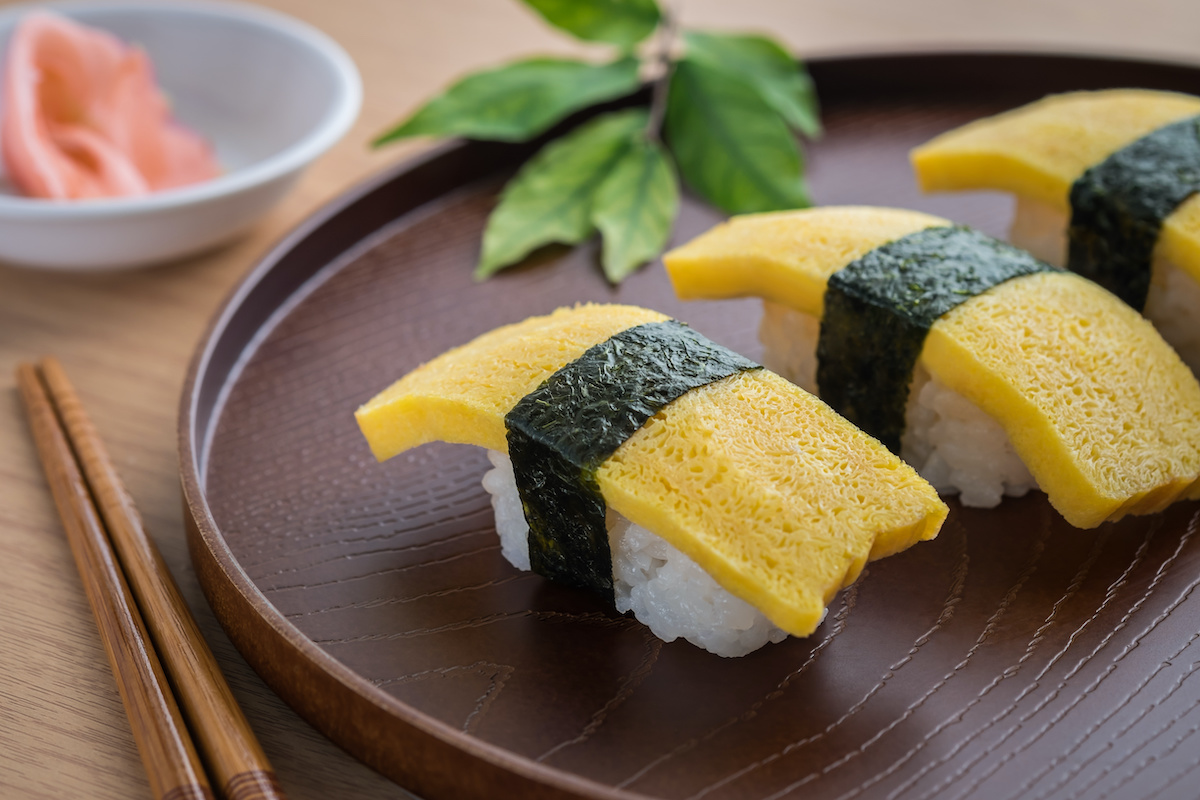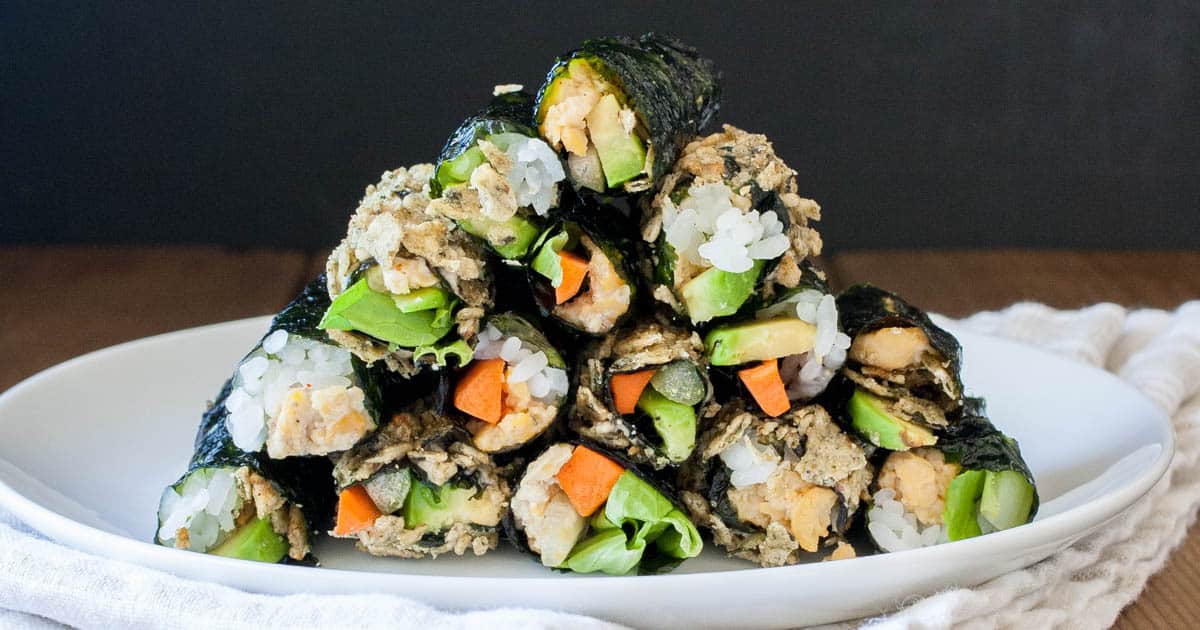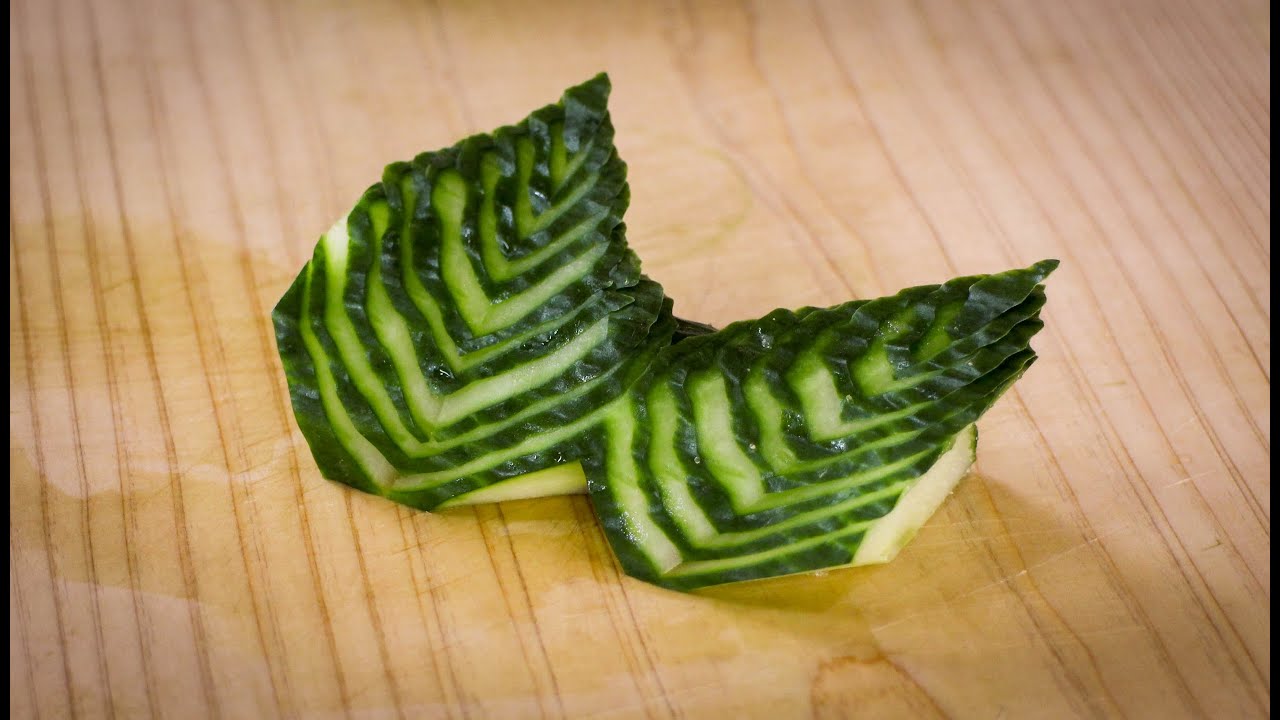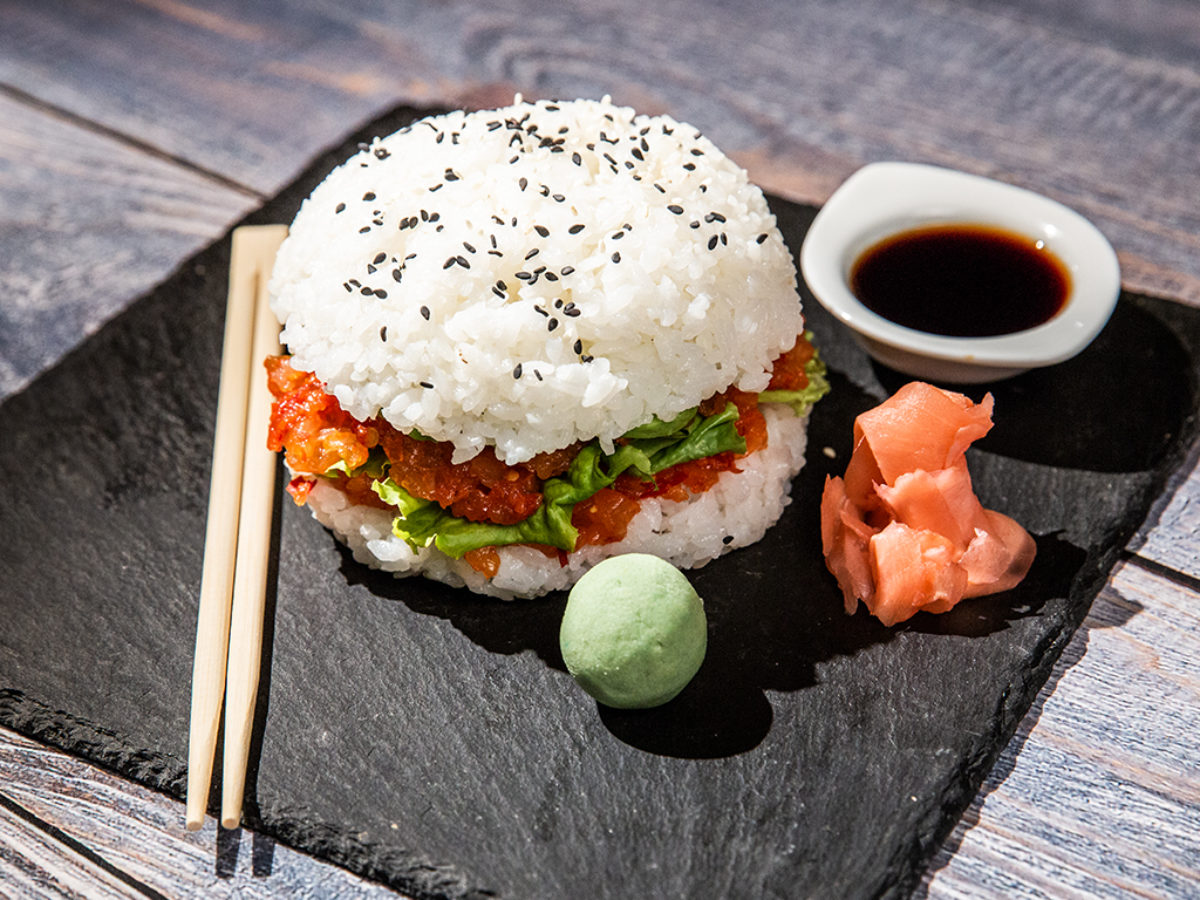Unlock the Power of Fermented Chickpeas
Chickpeas, also known as garbanzo beans, are a versatile and nutritious legume that can be enjoyed in a variety of dishes. From hummus to salads, chickpeas are a staple in many cuisines around the world. But have you ever considered fermenting chickpeas to enhance their flavor and nutritional value? Fermentation is a natural process that can transform ordinary chickpeas into a tangy, probiotic-rich ingredient that can be used in a multitude of dishes.
Why Ferment Chickpeas?
Fermentation is a traditional method of food preservation that has been used for centuries. When you ferment chickpeas, you not only enhance their flavor but also increase their nutritional value. Fermentation breaks down the complex carbohydrates in chickpeas, making them easier to digest. Additionally, the fermentation process increases the bioavailability of nutrients, making them more easily absorbed by the body.
How to Ferment Chickpeas
Ready to unlock the power of fermented chickpeas? Follow these simple steps to ferment chickpeas at home:
- Soak the Chickpeas: Start by soaking dried chickpeas in water for 8-12 hours. This helps to soften the chickpeas and kick-start the fermentation process.
- Drain and Rinse: After soaking, drain and rinse the chickpeas thoroughly. This helps to remove any anti-nutrients and enzyme inhibitors, making the chickpeas more digestible.
- Fermentation Vessel: Transfer the chickpeas to a clean, sterilized fermentation vessel. You can use a glass jar or a ceramic crock for this purpose.
- Add Flavorings: Get creative with flavorings! Add garlic, herbs, or spices to the chickpeas to infuse them with extra flavor during the fermentation process.
- Add Brine: Prepare a brine solution by dissolving salt in water. Pour the brine over the chickpeas, making sure they are fully submerged.
- Fermentation Time: Cover the vessel with a clean cloth or lid, and let the chickpeas ferment at room temperature for 2-3 days. Check on them periodically to ensure they are fermenting properly.
- Enjoy: Once the chickpeas have reached your desired level of tanginess, transfer them to the refrigerator to slow down the fermentation process. Enjoy your homemade fermented chickpeas in salads, wraps, or as a flavorful snack!
Ways to Use Fermented Chickpeas
Now that you have a batch of delicious fermented chickpeas, it’s time to put them to good use. Here are some creative ways to incorporate fermented chickpeas into your culinary creations:
- Fermented Chickpea Salad: Toss fermented chickpeas with fresh vegetables, herbs, and a tangy vinaigrette for a refreshing salad.
- Fermented Chickpea Spread: Blend fermented chickpeas with olive oil, lemon juice, and garlic to create a zesty spread for sandwiches and wraps.
- Fermented Chickpea Dip: Puree fermented chickpeas with tahini, lemon juice, and cumin to make a probiotic-rich dip that pairs perfectly with crunchy veggies or pita chips.
- Fermented Chickpea Soup: Add fermented chickpeas to your favorite soup or stew for an extra depth of flavor and a boost of gut-friendly probiotics.
The Bottom Line
Fermenting chickpeas is a simple and rewarding way to elevate your culinary repertoire. Not only does it enhance the flavor and texture of chickpeas, but it also boosts their nutritional profile. Whether you’re a fan of traditional fermentation methods or simply looking to add a new twist to your favorite dishes, fermented chickpeas are a must-try ingredient. So, roll up your sleeves, grab some chickpeas, and embark on a fermentation adventure that will take your cooking to the next level!
More Delicious Recipes Featuring Fermented Chickpeas
Now that you've mastered the art of fermenting chickpeas, it's time to put your skills to the test with a variety of scrumptious recipes. For a refreshing start, try the Tangy_Fermented_Chickpea_Salad. Its zesty flavors will invigorate your palate. If you're in the mood for something hearty, the Spicy_Fermented_Chickpea_Wraps offers a tantalizing kick. For soup lovers, the Creamy_Fermented_Chickpea_Soup combines comfort with nutritious benefits. We highly recommend the Fermented_Chickpea_Falafel for a delightful twist on a classic Middle Eastern dish. Each recipe utilizes fermented chickpeas in innovative ways, ensuring you can enjoy the health benefits while indulging in delicious meals.
Was this page helpful?
Read Next: How To Ferment Bean Sprouts
